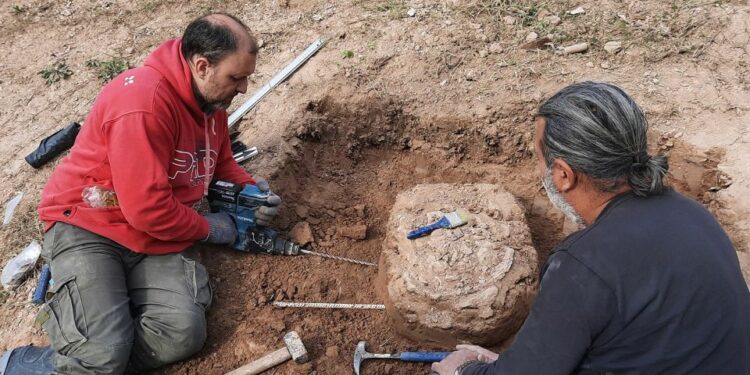A detailed examination of cut marks on the fossils revealed they were made by stone tools in a deliberate sequence. – Miguel Eduardo Delgado et al.
During that time, the planet was in the grip of the Last Glacial Maximum, a period 19,000 to 26,000 years ago when two massive ice sheets covered the northern third of North America, reaching as far south as what’s now New York City, Cincinnati and Des Moines, Iowa.
The ice sheets, and the cold temperatures brought on by the glacier masses, would have made a journey between Asia and Alaska — the most likely route — impossible during that time, meaning the people who made the footprints likely arrived much earlier.
Along with three perforated giant sloth bones found in Brazil that archaeologists believe humans used as pendants 25,000 to 27,000 years ago, the butchered armadillo bones suggest that humans were in South America a surprisingly long time ago.
The timing of when humans first settled across the Americas, then home to many now-extinct ice age creatures, has been a “hotly debated topic,” Delgado said.
“Until recently, the traditional model indicated that humans entered the continent 16,000 calendar years ago,” he said.
“Our results, in conjunction with other evidence, proposes a distinct scenario for the first human peopling of the American continent, that is, the most likely date for the first human entry occurred between 21,000 and 25,000 years ago or even before.”
For more CNN news and newsletters create an account at CNN.com
Source link : https://www.aol.com/giant-armadillo-fossil-reveals-humans-185825705.html
Author :
Publish date : 2024-07-17 14:58:25
Copyright for syndicated content belongs to the linked Source.












